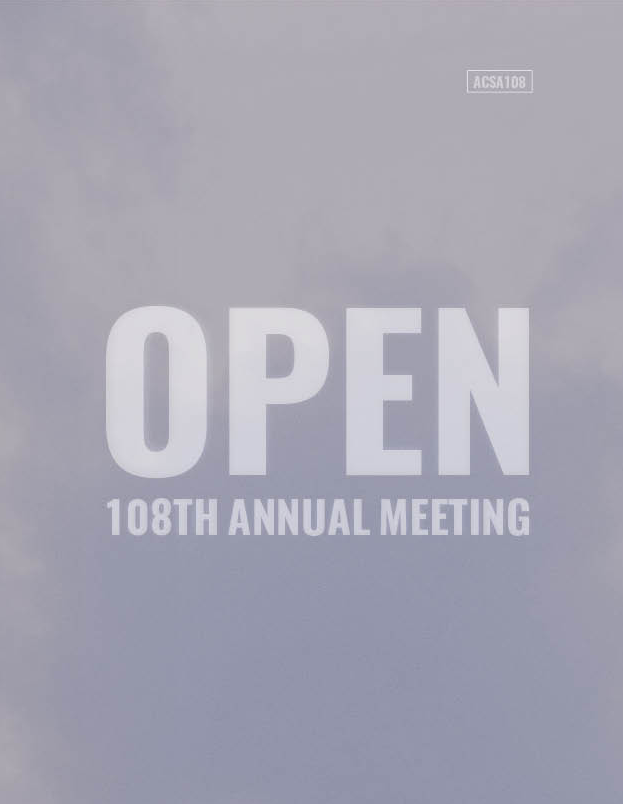Author(s): Nilou Vakil
In the mid-1960’s Brazilian educational theorist Paulo Freire revolutionized the country’s educational system by going into communities and teaching the illiterate poor how to read. He equated literacy with an improved life, linked knowledge to power, and wrote of his experiences in his seminal work, Pedagogy of the Oppressed (1968).¹ Freire’s ideas developed into a social movement and became the foundation for what we today refer to as Critical Pedagogy. His work with communities was groundbreaking and viewed as dangerous by the government and also the factory and farm owners who feared that educated citizens would rise up and demand better wages and increased rights. His teaching methods, based on participatory engagement rather than the common practice of outside experts dictating the “what” and “how” of a curriculum were extremely effective. So effective, they eventually landed Freire in jail and later exile from his country. Freire’s potent process for teaching one to read utilized visual markers to stimulate engaged conversation. He collaborated with Brazilian artist Francisco Brennand who painted a series of scenes on clay tiles. These scenes, familiar to poor rural communities, depicted humans farming, hunting, and interacting so as to draw out distinctions between nature and culture, various social structures, and the potential for education to empower. By refusing to use coded or professional language he introduced the phrase “democratization of culture” and allowed communities a way to identify and express what they wanted for themselves rather than what they were told they should want. Do analogies exist to participatory design? Are there lessons to be learned from Freire’s process? And, can Brennand’s tiles serve as an example of how to convey the needs and goals of a user to the design team when both may communicate in distinct professional jargon? This paper will investigate these questions through an analysis of the use of graphic cards developed by an interdisciplinary team for engaging schoolteachers in the design process for educational environments. The author met with one of the creators of these cards, called the Learning Spaces Idea Tool Kit, in order to investigate this process. The cards attempt to provide a common means of communication for educators and architects to more effectively engage in the design or renovation of their schools. They present a number of phrases describing teaching concepts as spatial relationships such as: faculty “scrum space”, library as kitchen vs. library as grocery store, and develop self-regulated learners. The flip side of the card presents photographs depicting learning environments that support the learning concepts. The designers are then able to effectively translate the conversations spurred by the cards into floor plan configurations. This process of engagement through a common language leverages the expertise of educators and recognizes that only those affected by an environment have any right to its determination. Participatory design, like Freire’s literacy workshops, empowers the user to be active shapers of the world around us.
https://doi.org/10.35483/ACSA.AM.108.136
Volume Editors
ISBN
978-1-944214-26-5

 Study Architecture
Study Architecture  ProPEL
ProPEL 
